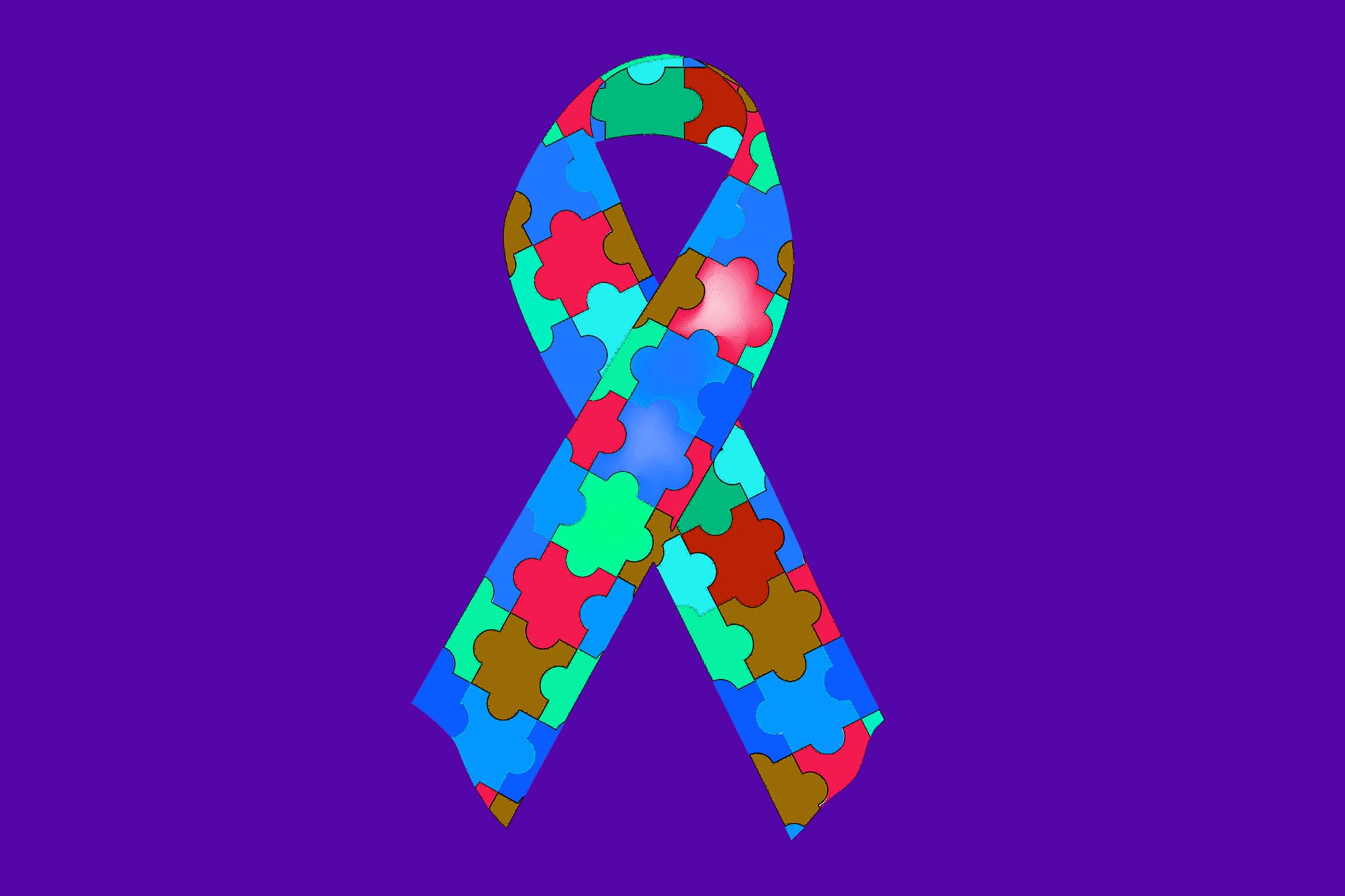
Kendra Gandharba, a clinical music therapist working in Nepal, once told me that the greatest challenge in autism treatment is early intervention. “He is one of our most difficult kids,” he said while playing the keyboard with Shyam (name changed), a six-year-old boy with the ASD, a condition affecting social interaction and communication skills.
“Autism is a complex and life-long disorder. We have been able to raise levels of awareness, younger kids are increasingly getting diagnosed,” Dr. Sunita Maleku Amatya, Chairperson Autism Care Nepal, told me. She is the proud mother of a 9-year-old autistic boy.
AUTISM TREATMENT: THE SOONER THE BETTER
According to the World Health Organization (WHO), one child in 160 has an ASD. Latest studies have, however, reported rates that are considerably higher.
In the most recent study on the long-term success of an early autism treatment, a group of researchers suggests that intervening with one-on-one treatment when children are still toddlers can reduce symptoms in the long run.
ONE NON-MEDICAL THERAPY SHOWS PROMISING RESULTS
The therapy used for the study, known as the Early Start Denver Model, is a non-medical yet comprehensive early intervention approach developed for children with ASD. It usually starts when children are just 18 to 30 months of age.
For the purposes of research, it involved therapists and parent-led treatment with toddlers in their homes for more than 15 hours each week over a period of two years.
According to lead author Annette Estes, director of the University of Washington Autism Center, early interventions “can make a big difference” in people’s lives.
AUTISM TREATMENT SHOULD FOCUS ON EARLY INTERVENTION
This innovative model was designed to focus on stimulating young children with autism inside a positive, affect-based relationship. To this end, deep parental involvement is fundamental.
Parents receive a manual available to the public in more than a dozen languages in order to help children exhibiting early signs of ASD, such as trouble speaking, repetitive behavior or failure to reciprocate facial expressions.
The research team found that two years after completing this innovative form of autism treatment, children maintained improvements in overall intellectual ability and language and showed new areas of development in reduced ASD symptoms.



























